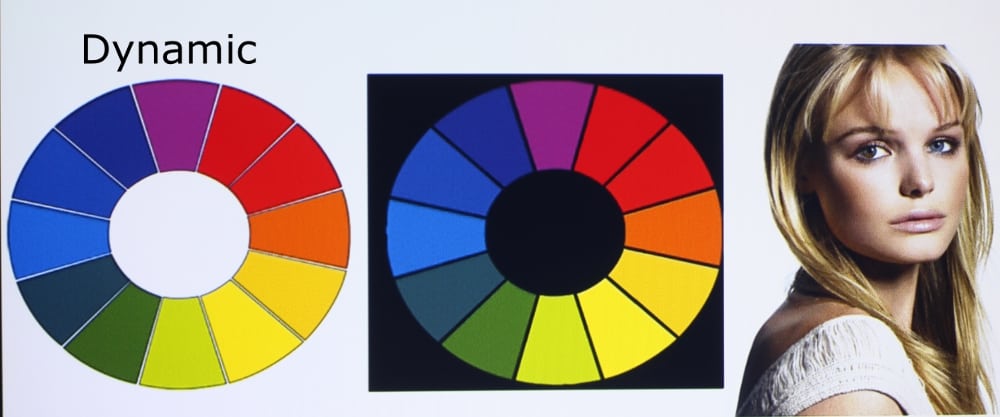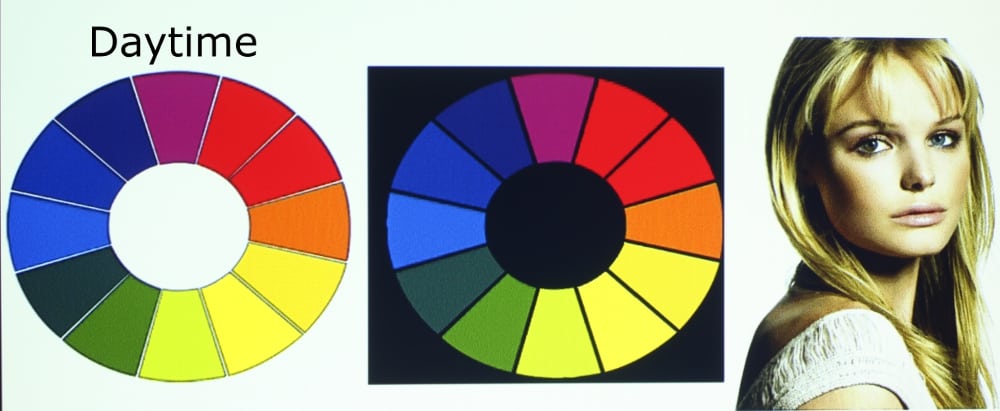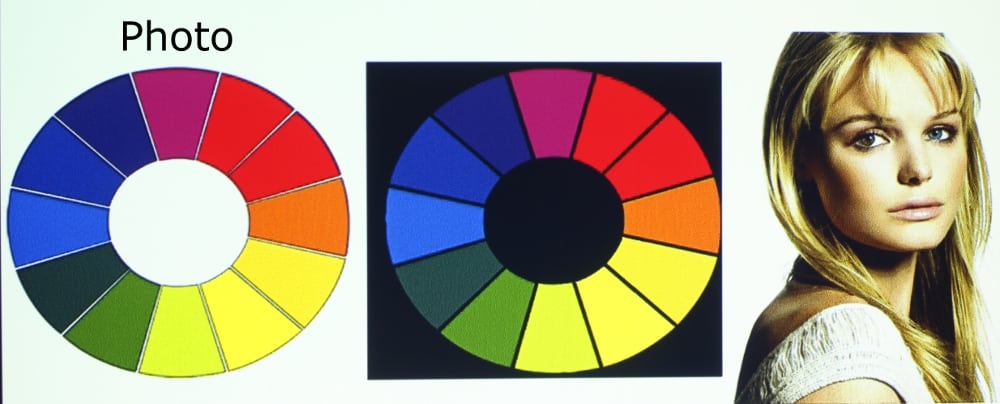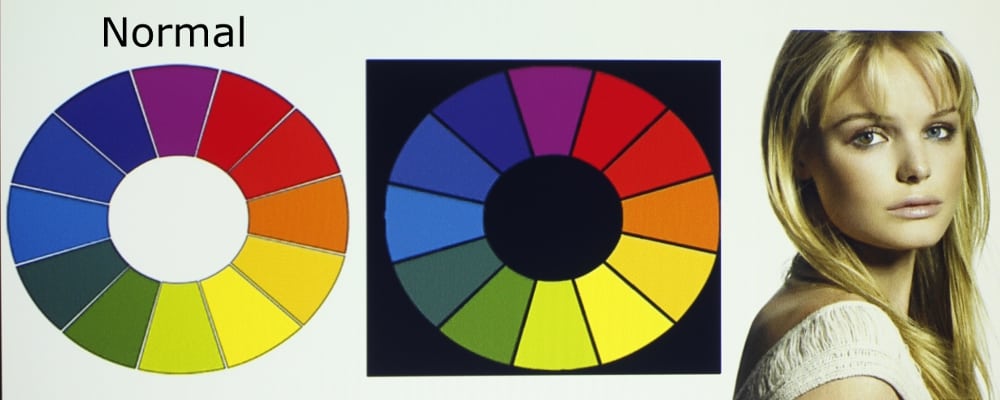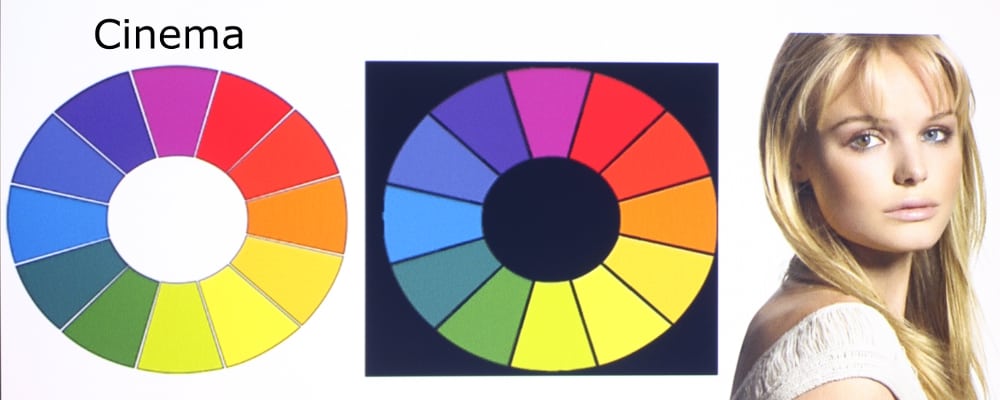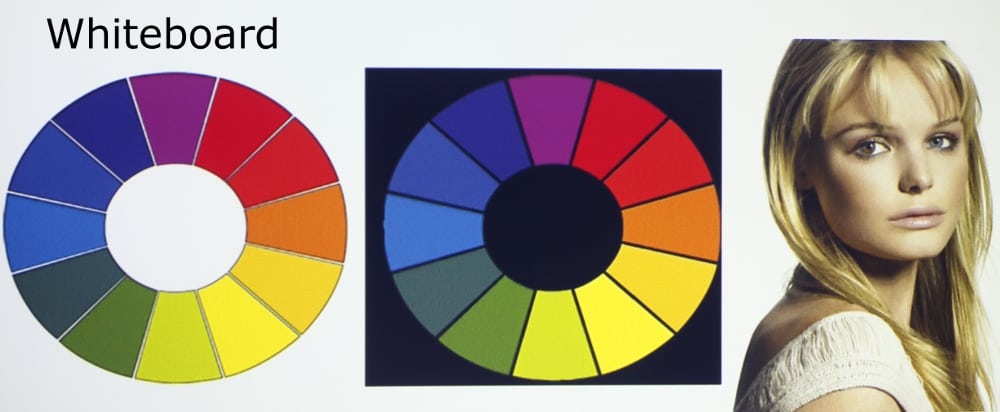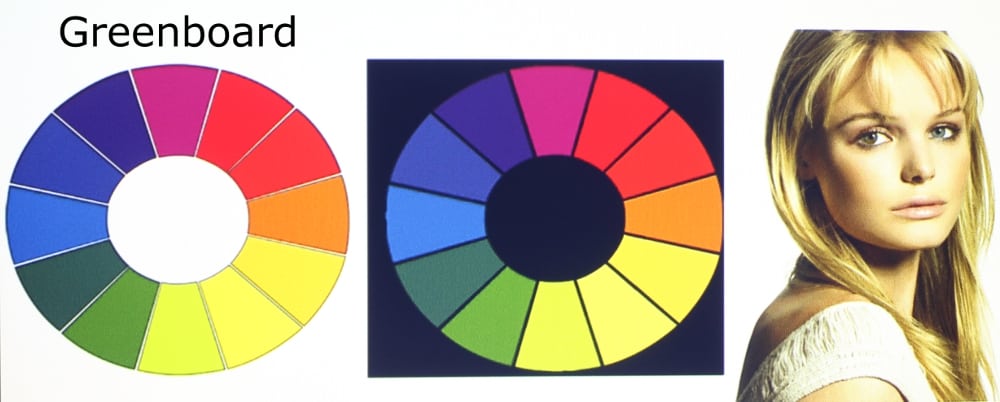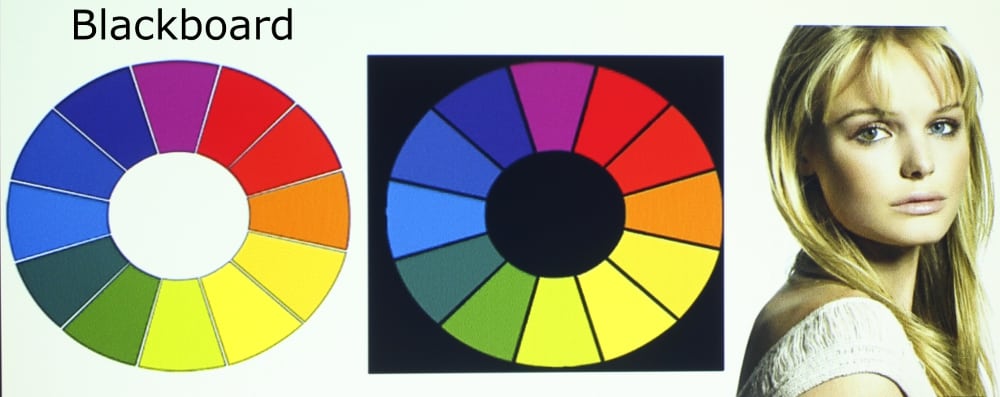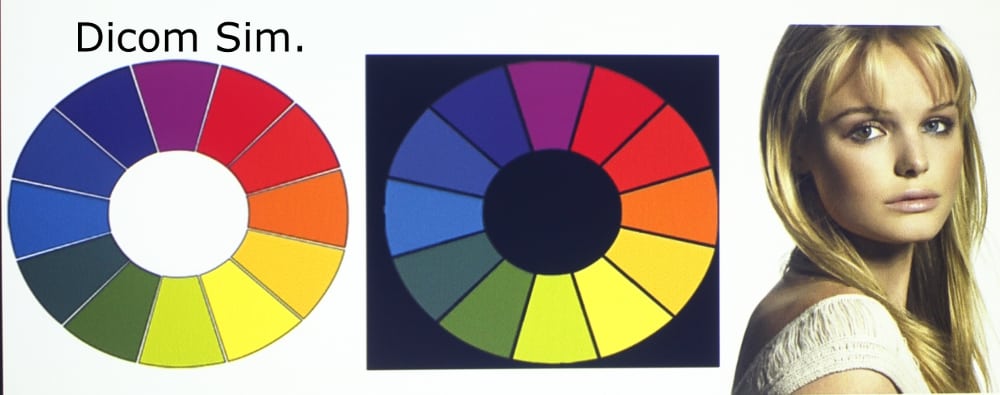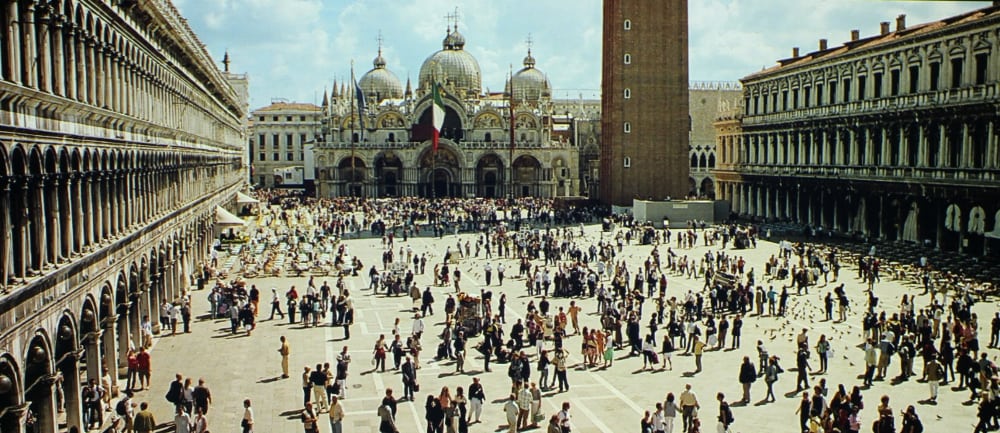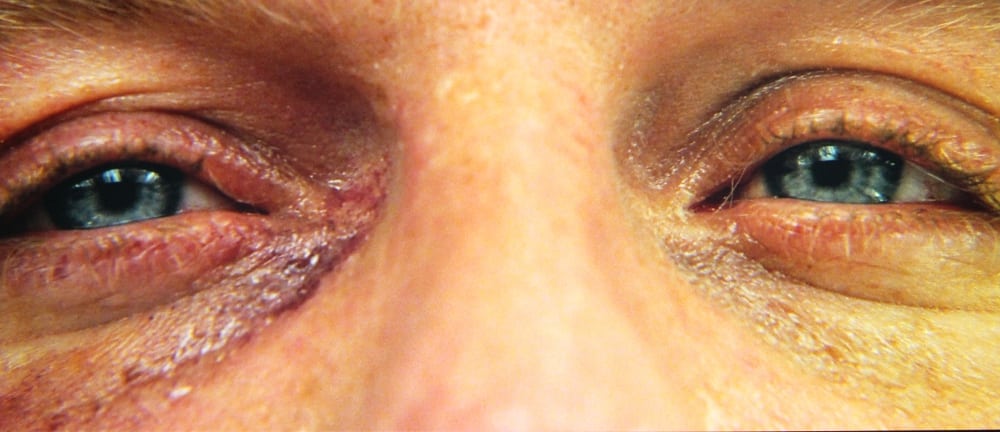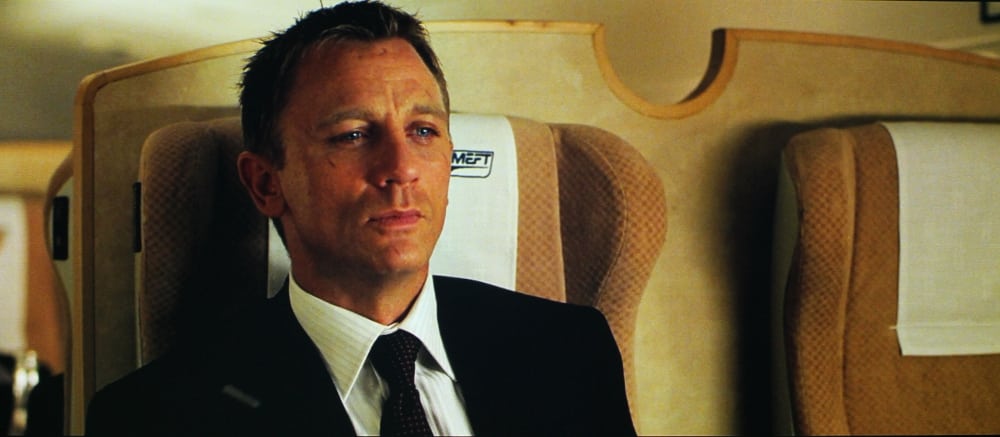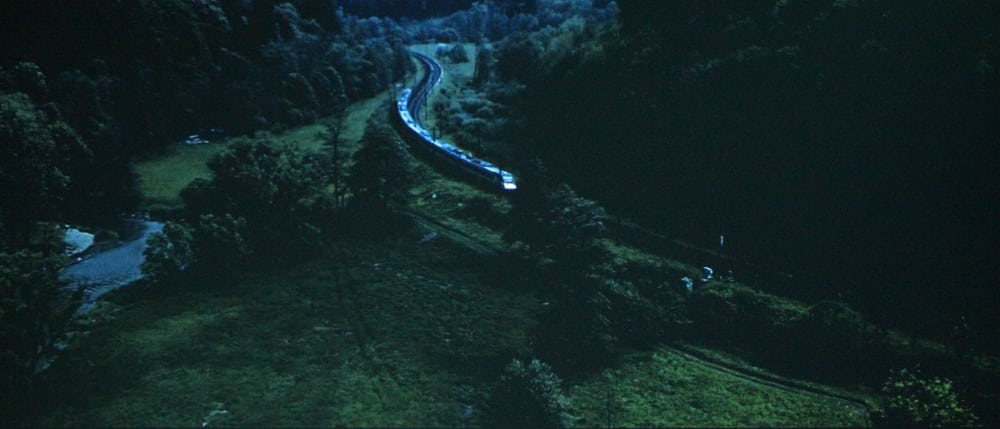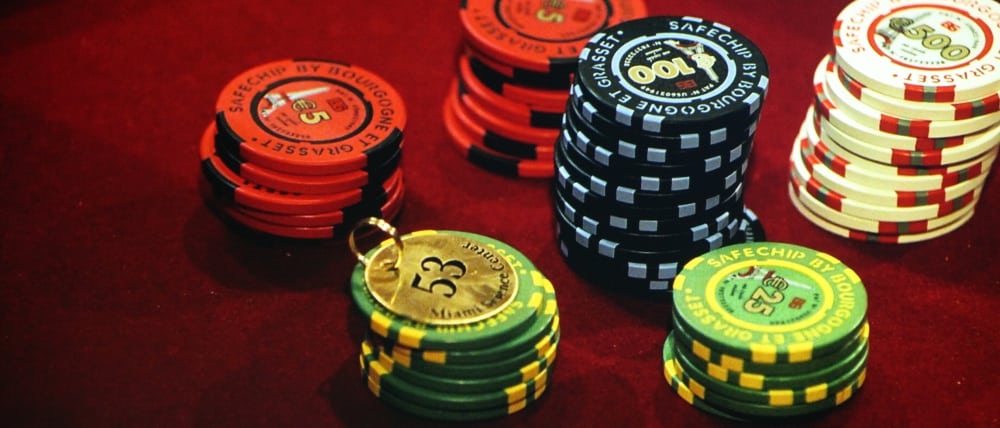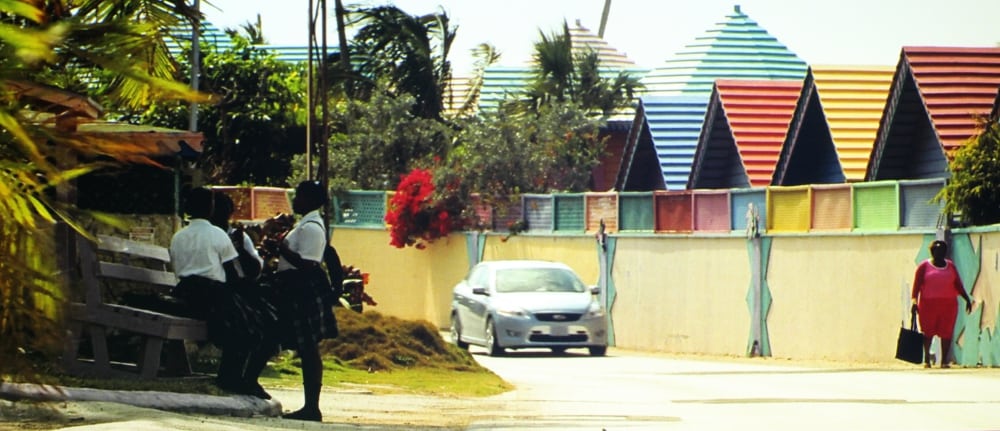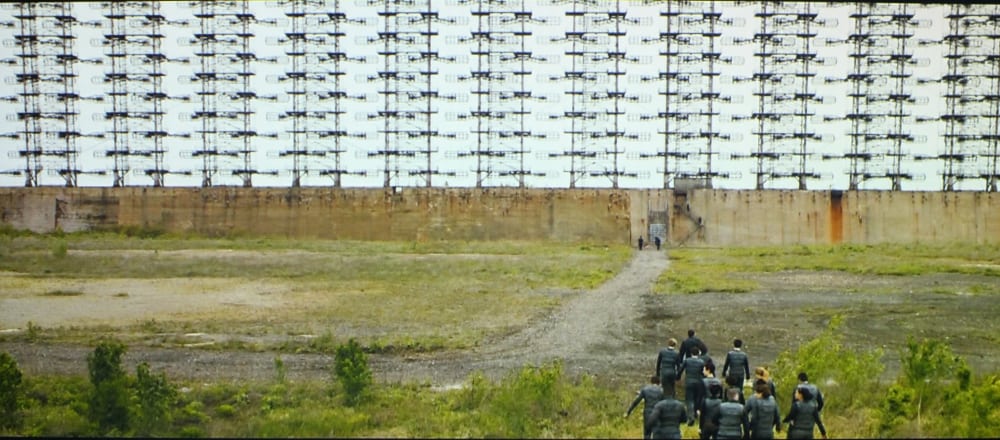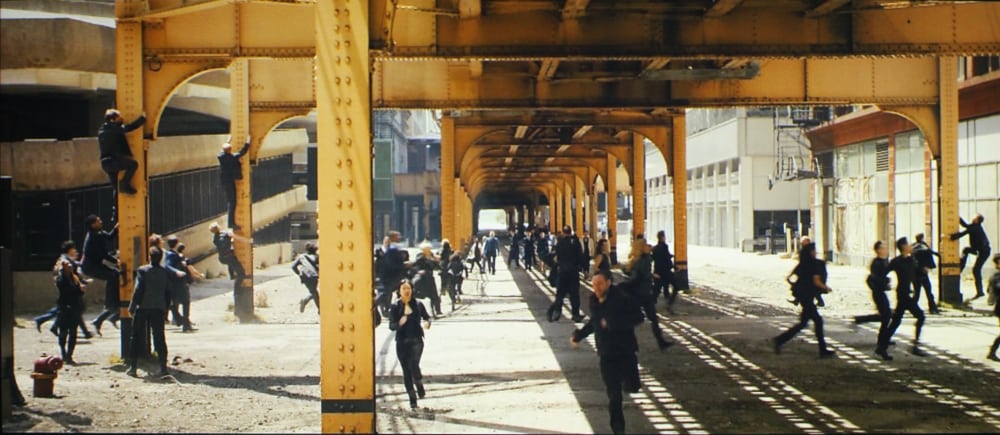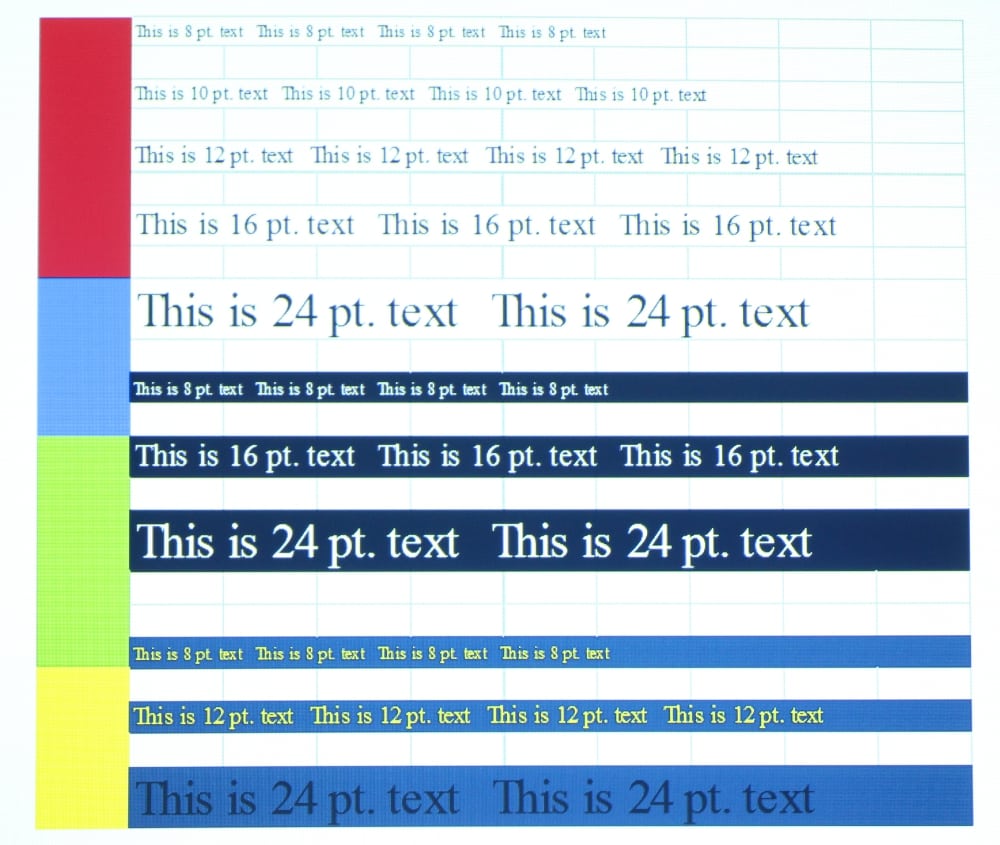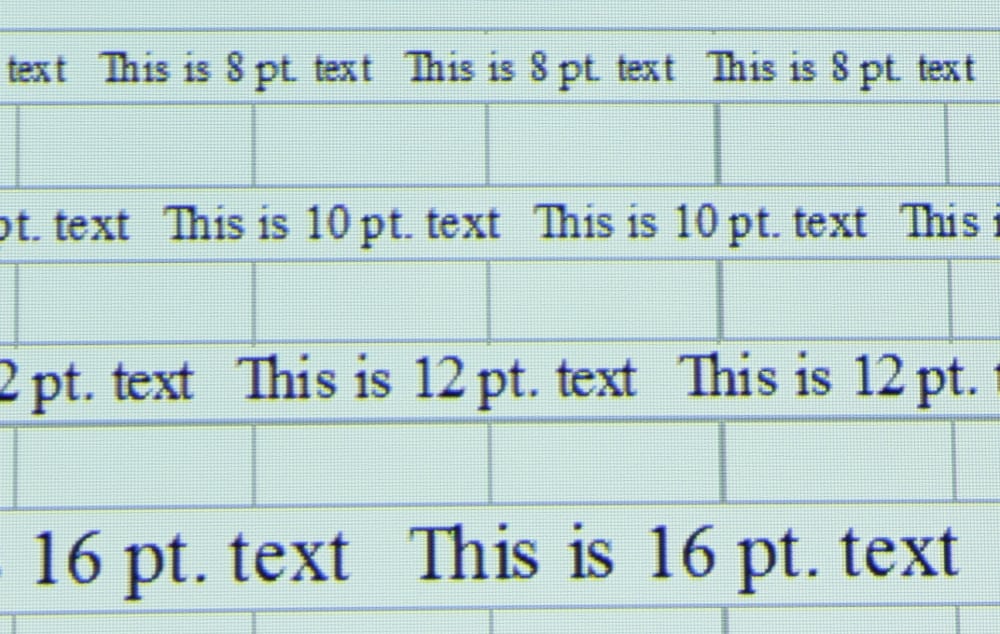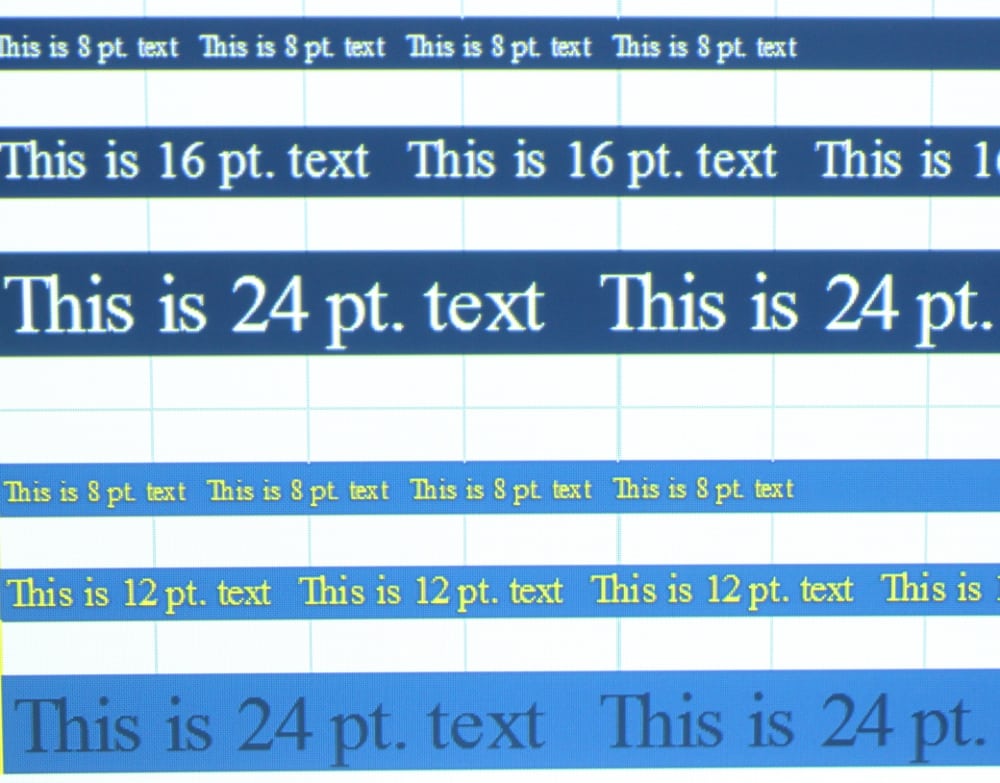Picture/Color Modes
The Hitachi CP-TW2503 offers a selection of nine preset picture modes. Overall these modes offer fair to very good colors depending on the mode selected.
For all of the following observations the CP-TW2503 was operated with the factory defaults picture settings, except the brightness setting was lowered to produce a more accurate reference black level. Note this projector offers a setting for several different color temperature values as well as providing the ability to create custom user settings. Only the Cinema picture mode displayed very good white and greys with the factory default color temperature setting. The accuracy of whites and greys could probably be improved by changing the color temperature setting for the other, less accurate, picture modes. However, my comments below were based on using the factory default color temperature setting for each picture mode.
With most projectors, the most light output comes when using the Dynamic mode, but this is not the case for the CP-TW2503 In fact the measured light output when using Dynamic mode falls near the middle of the 9 available picture modes. I must also note that the photos in the gallery above only provide an approximate idea of how the available picture modes compare.
Dynamic picture mode had a color balance where white and greys have an excessive blue tint. This produces a very 'cool' image, but it is still a usable mode for presentations where color accuracy is not of great concern. However, there are other available picture modes with this projector that offer better color and with similar light output. As for color accuracy, beyond white and greys appearing too blue, the reds appear weak while the largest deviations from ideal colors were the greens tended to be shifted toward yellow and the magenta was a little too blue.
Daytime picture mode was the virtually tied with Photo mode as the brightest of the available picture modes on this projector. Daytime mode had a color balance where white and greys had an excessive green tint. Given it name, I assume this mode is intended to be used when the projector is being used in a room with moderately bright lighting. However, the color accuracy with this mode is only fair. The greens appeared to be significantly shifted toward yellow and the cyan shades appeared too green and the reds are weak as compared to the greens and blues.
Photo picture mode was also very bright, if fact very similar to Daytime mode, and also had a overall green tint when displaying white and greys. The color accuracy was similar to Daytime mode except the reds were not quite as weak.
Normal picture mode had a brightness that fell near the middle of the range among the 9 available picture modes and also had some overall green tint when displaying white and greys, but not as pronounced as some of the above picture modes. The color accuracy however was similar with greens shifted toward yellow, cyan toward green and weak, and magenta appearing too blue.
Cinema picture mode has a very good grey scale with white and greys appearing without any significant issue (i.e., close to the ideal 6500K color temperature). While the greens still appears too yellow and the cyan and magenta were a little off, this mode offers very good color accuracy (for this class of projector). I watched some HD video from two different movies, from Blu-ray discs, and overall the colors looked very good, but I needed to adjust the projector's color control up a few clicks to obtain better color intensity.
Whiteboard picture mode may be the most used mode with this projector, given it is intended for classroom and boardroom use. However, I found the color accuracy, with the factory default settings, to be not as good as the Cinema picture mode and also Whiteboard mode was significantly dimmer. It seemed rather odd, but it was the least bright of all this projector's picture modes. The whites and greys were a little too green and, as with the other picture modes, the greens were shifted toward yellow and the cyan and magenta were a little off.
Greenboard and Blackboard picture modes could not be really evaluated since I did not have a greenboard nor blackboard to use as a projection surface for my review. I can say that that the projector produces more light output in blackboard mode than in greenboard mode, but as to the real question of what the projected image would look like on these types of projection surfaces, I'm not able to offer any real opinion.
Finally the DICOM Simulation mode is a very special purpose mode intended for projecting medical (e.g., X-ray) black and white images in a education context (i.e., not for medial diagnosis). This picture mode uses a very different gamma curve than normally used for viewing business/classroom presentations, video and photos. I did observe that when DICOM Sim. mode is used. the white and greys had some green tint, as did several other picture modes with this projector. This is probably not an issue for the intended medical teaching application and if necessary could be easily corrected with an adjustment of the color temperature settings.
Image Sharpness with Text
As can be seen in the gallery photos above, the Hitachi CP-TW2503 does a very good job in clearly displaying text. I noted just a very little red-blue-green misconvergence when viewed up close to the screen, but his was not visible from normal viewing distance. Convergence is never perfect with any projector using 3 display chips, be it a LCD, DLP or LCoS based projector. The sharpness/readability of text projected by the CP-TW2503 is primarily limited by the projector’s native 1280 x 800 resolution rather than its lens or the convergence of the 3 primary colors. This is a good thing as some ultra-short throw projectors have a problem in achieving uniform focus over the entire projected image, but this is an not issue with the CP-TW2503.
I also tested the CP-TW2503's performance for scaling high resolution signals down to the projector’s native 1280 x 800 resolution. The CP-TW2503 does an excellent job with this and even when the input signal is at the highest resolution (i.e., 1920 x 1080) that can be accepted by the CP-TW2503 through its HDMI inputs, this displayed text (click on the close-up photo below for a larger version) appears to have similar sharpness compared to when the input is at the projector’s native resolution, as shown in the gallery photos above.
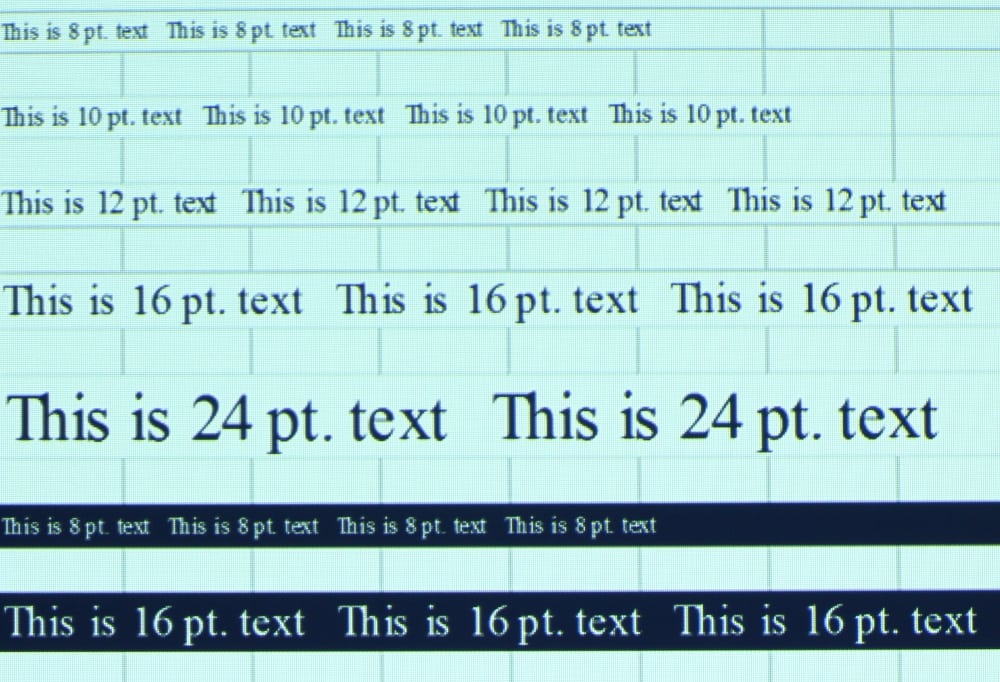
Image with 1920 x 1080 Input
I also tested using a 1440 x 900 pixel text image as the input and the results were also very good, as seen in the photo below.
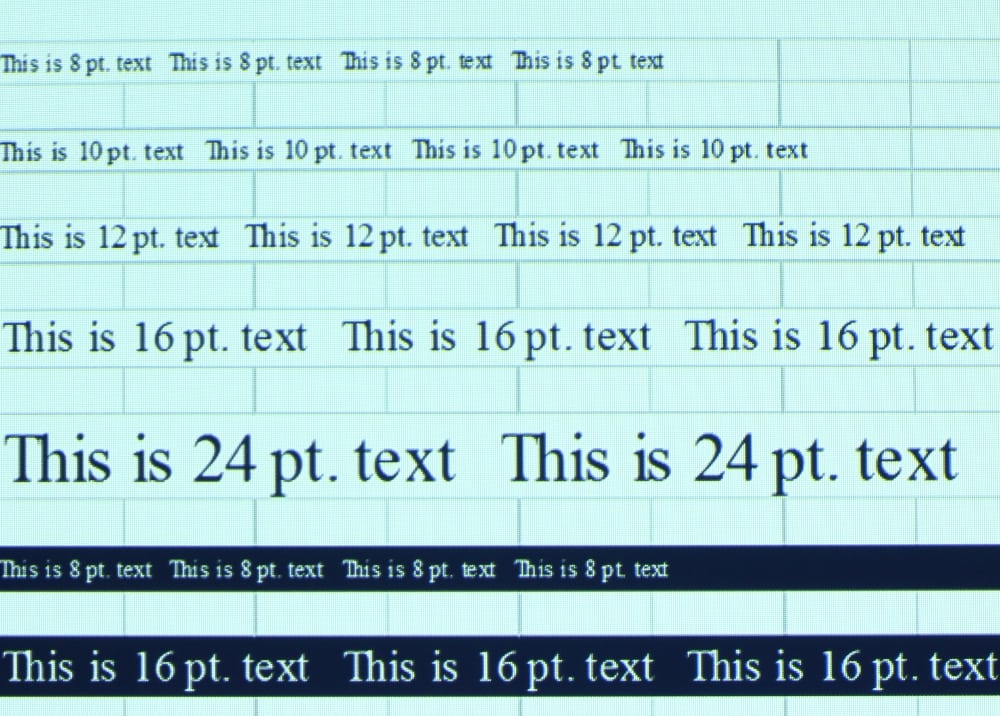
Image with 1440 x 900 Input
The CP-TW2503 has a unique feature called "Accentualizer" that is said to "improve the legibility". This is a form of detail enhancement and while I didn't find its use necessary with the text test material I used for my evaluation, perhaps if used in moderation it could improve text legibility in certain cases, such as text appearing with jpeg images.
Image Contrast
While this Hitachi may do a very good job on color, it shares with other LCD projectors the basic limitation of having lower native contrast than other technologies. That means that blacks aren’t as black, more dark gray, than say, a typical DLP projector. When critically watching a movie in a fully darkened room – theater, that difference is rather dramatic. In the real world of classrooms and conference rooms though, all lights out is a real rarity in this day and age. Noting that even a small amount of ambient light wipes out a lot of contrast, the CP-TW2503 works well enough in terms of contrast and black levels for the situations it’s designed for. Yes you can get higher contrast, and no matter how much ambient light, a projector with higher contrast will remain higher. However, the difference, with no ambient light up to a fair amount, goes from big difference to barely noticeable difference. Few would trade really good color offered by this 3LCD projector for a touch blacker blacks in a classroom with some lighting on.
Hitachi does provide a dynamic iris to help out with the black levels. While that may also improve the contrast numbers they publish, those published numbers, as well as those of many other classroom and business projectors, come from dimming the lamp when the input signal becomes a 100% black image. This is kind of a meaningless measure for contrast ratio since it does not relate to what the projected image will actually look like.
The bottom line though is the Hitachi CP-TW2503 offers sufficient contrast and black level performance for almost all uses. Contrast is definitely not a strength of the this projector, but nor is it a significant weakness for the intended classroom/conference room application. It would only become an issue if this projector were to used in a fully darkened room and on content where contrast is extremely important.

